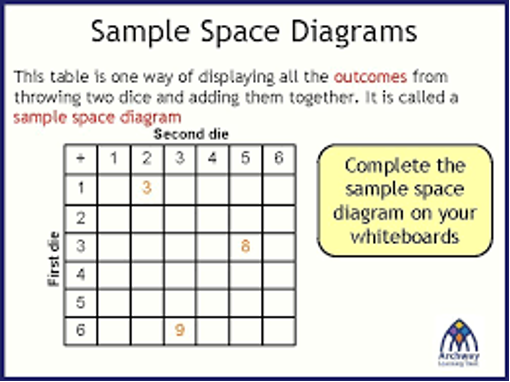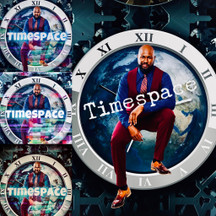Posted by Malcom Davis on 30th Oct 2025
12. TimeSpace: Relativity and the 8 Fold Path to Musical Duality (Part 1)
In physics, spacetime is any mathematical model that fuses the three dimensions of space and the one dimension of time into a single four-dimensional manifold. Spacetime diagrams can be used to visualize relativistic effects, such as why different observers perceive differently where and when events occur.

Einstein's Theory of Time Relativity
Einstein determined in the Special Theory of Relativity that time is relative—in other words, the rate at which time passes depends on your frame of reference. Just as observers in two different frames of reference don't always agree on how to describe the motion of a bouncing ball, they also don't always agree on when an event happened or how long it took. A second in one reference frame may be longer than a second in another.
The faster a clock moves, the slower time passes, according to someone in a different frame of reference. To explain this bewildering result, physicists point to a thought experiment involving a clock that uses light to mark time. Although this "light clock" experiment is hypothetical, the same effects are true for any timepiece, from old-fashioned grandfather clocks to atomic clocks, the most accurate time-keeping devices available. Time is relative even for the human body, which is, in essence, a biological clock. The effect of time slowing down is negligible at speeds of everyday life, but it becomes very pronounced at speeds approaching that of light.
THE NOBLE EIGHTFOLD PATH
The eight parts of the path to liberation are grouped into three essential elements of Buddhist practice—moral conduct, mental discipline, and wisdom. The Buddha taught the eightfold path in virtually all his discourses, and his directions are as clear and practical to his followers today as they were when he first gave them.
1. Right Understanding (Samma ditthi)
2. Right thought (Samma sankappa)
3. Right Speech (Samma vaca)
4.Right action (Samma kammanta)
5. Right livelihood (Samma ajiva)
6.Right effort (Samma vayama)
7. Right mindfulness (Samma sati)
8. Right concentration (Samma samadhi)

Musical Duality of Time:
Many artists, when they are working on a project, move in a sequence that follows a standard linear pattern of 0-1-2-3 in that, like the picture above, it starts from nothing and moves into a visual or artistic creating, forming something. However, using the time relativity theory and 8-fold path by reversing the pattern, you can move through time knowing exactly where you are going to “force will” the universe to move in a way around you to foster your mind and create your narratives for yourself. Using the 3-2-1-0 design, you start with the overall design/finish product, and you move in a fashion through time that slowly negates aspects of the work to form it back to its infancy.
The concept of beginning with the end in mind is extremely powerful in that it requires you to invoke an immense amount of mental energy to think future-forward (proactive) instead of the past-present (reactive). It forces you to create the world that you want to see in the future and demands the sacrifice of negating the current ideas and concepts of a system to foster and grow the true visualization of what you see and want for yourself. This is the major difference between Spacetime and Time Space, Where spacetime focuses on the space in which time operates, which space has endless boundaries, and time is limited to a constraint. In Time Space, your time has endless boundaries because what you envision is specific to you and your purpose, whereas your space is restricted by the boundaries that you have set up to move yourself in time.
